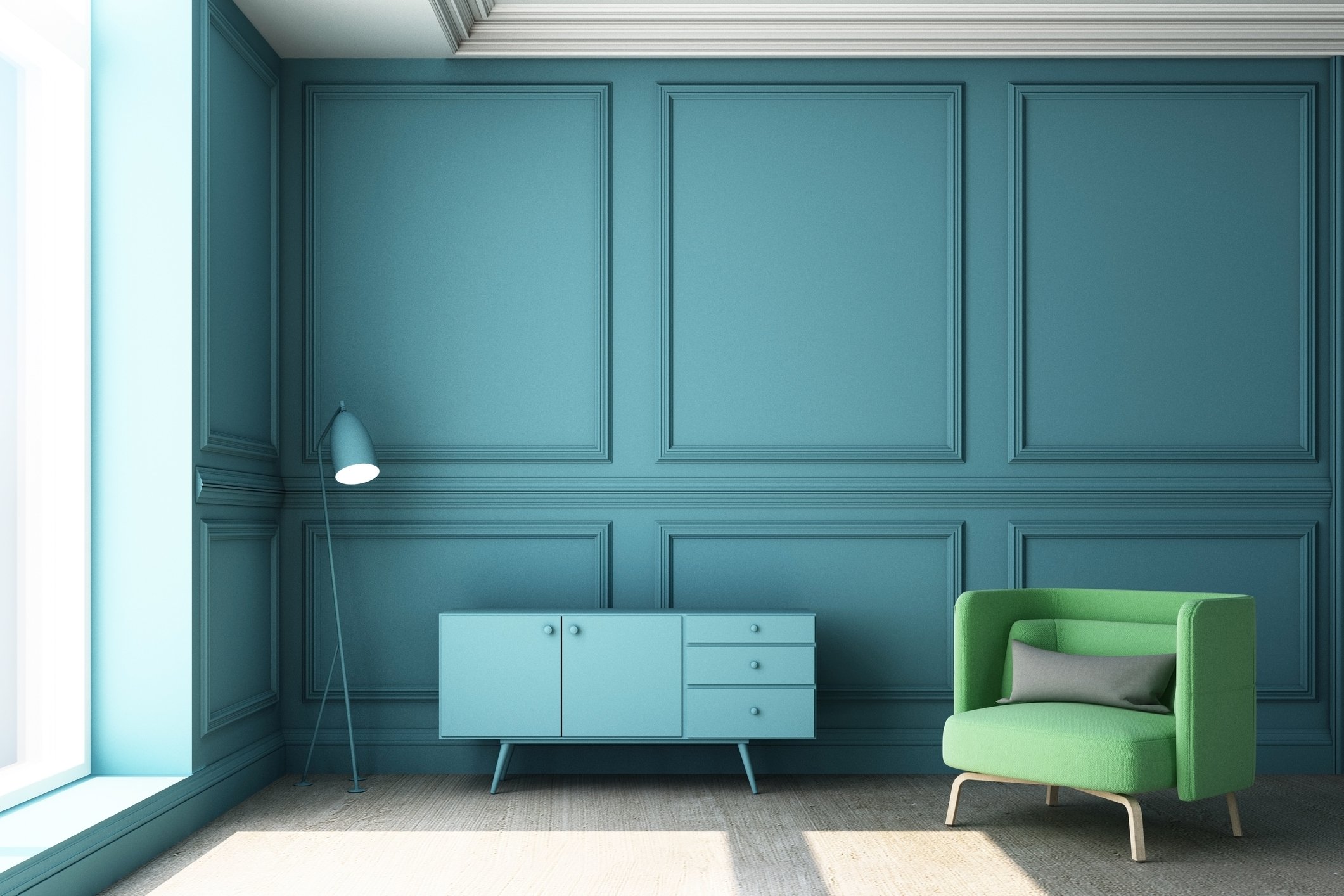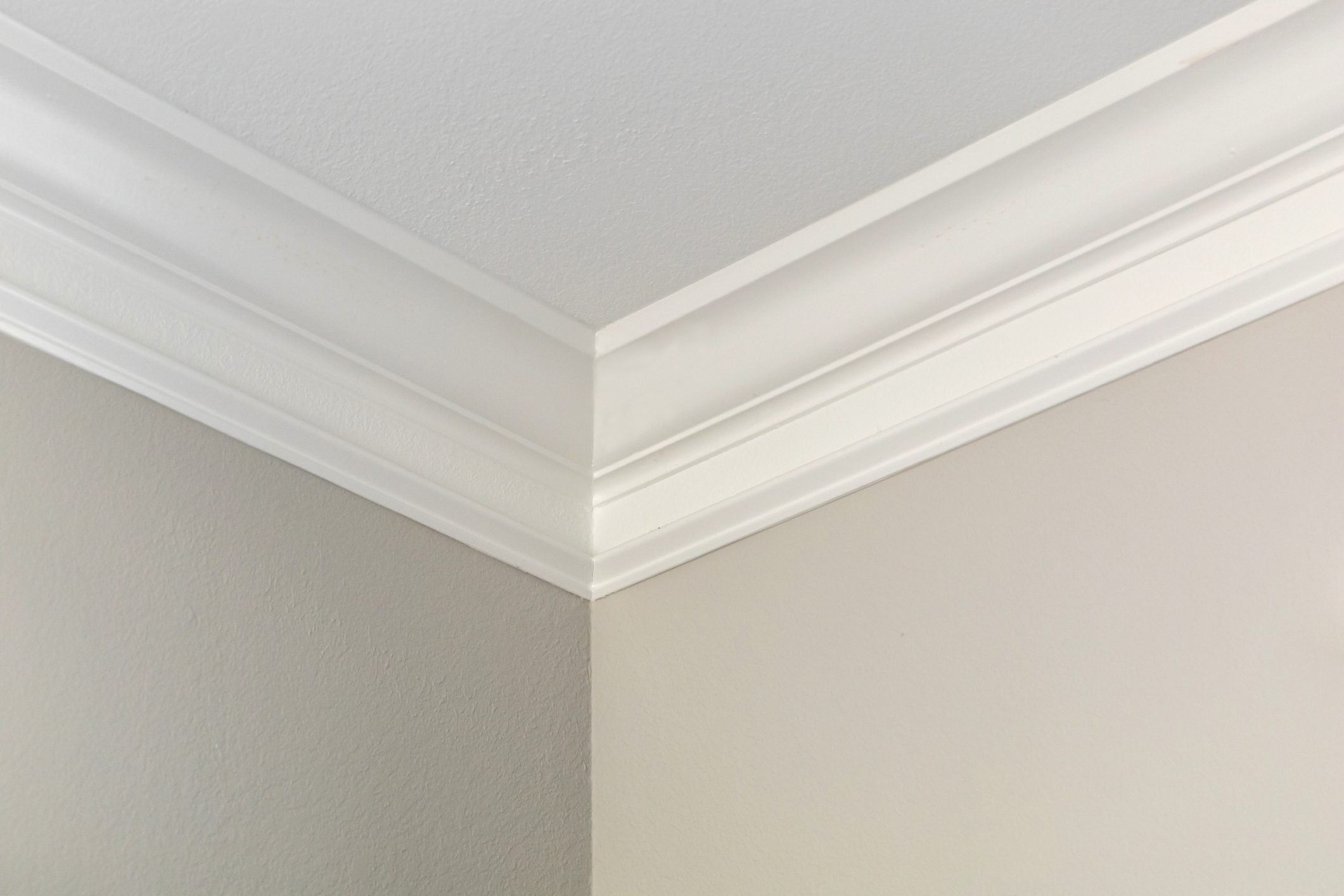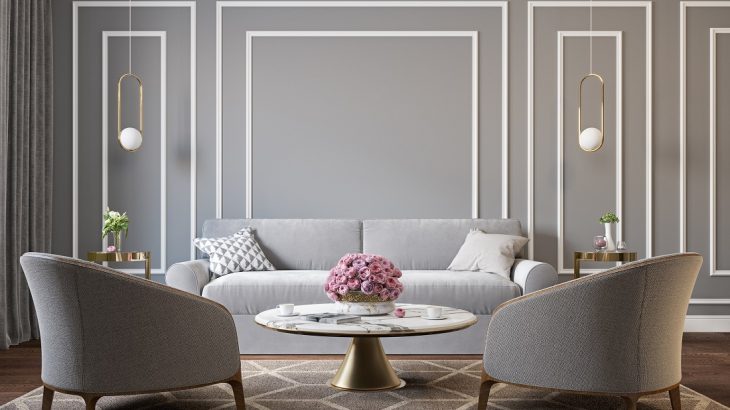Crowning, corving, wainscoting, skirting and corbels…you love it when you see decorative moulding, but what is it exactly and how well do you know it? Even if you can identify a specific type of decorative moulding, naming it might be a challenge.
Rest assured, as today you will learn everything you need to know about decorative moulding.
What Is Decorative Moulding?
 Decorative moulding is a general term used for a specific form of architectural décor that involves the installation of trims around windows and doors, around the ceiling, to floors and atop interior walls. Initially, this decorative element was made from plaster or solid milled wood, but today it can also be made from composite materials, stone, softwoods, hardwood, polyurethane or polystyrene with fibre glass.
Decorative moulding is a general term used for a specific form of architectural décor that involves the installation of trims around windows and doors, around the ceiling, to floors and atop interior walls. Initially, this decorative element was made from plaster or solid milled wood, but today it can also be made from composite materials, stone, softwoods, hardwood, polyurethane or polystyrene with fibre glass.
“Today’s composites are made in such a way that they don’t require priming or sanding, are very easy to cut and are even easier to paint than real wood,” claims Beverly Solomon of the eponymous design firm.
The origins of decorative moulding can be traced back to ancient Greece and Rome when Greeks and Romans used hand planes with special blades to trim the shapes. Eventually, by the Industrial Revolution, special machine-cut mouldings were used extensively by the masses.
In ancient times, decorative moulding was used to add depth, elegance and finish to Colonial and Victorian-style houses. At times, it was also used to hide seams and edges. However, today, this architectural décor is used to spruce up the aesthetics of a space. If a room in a house feels heavy and outdated, for example, modern decorative moulding can dress up certain features of that room and bring personality and flair. In fact, different types of moulding are said to add a unique structural personality to a house. So, let’s find out more about the different types of decorative moulding.
Types of Decorative Moulding

Cornice Moulding
Most people will tell you that cornice and crown moulding are essentially the same things- but that’s not true!
Cornice moulding originated from Ancient Greece, where ornamental structures jutted out from the top of columns at the place where the columns connected to buildings. These ornamental structures were added so that people could enter buildings during heavy rain and avoid getting drenched.
With time, cornice has changed and it’s now being used more as a decorative and practical feature on buildings rather than just a functional element. Cornice is widely used in residential buildings, including high-end apartments and luxurious dwellings, because of its dramatic feature. It can add effortless sophistication to an overall design and catch one’s attention. While wood and concrete are traditional options for cornices, stucco cornices have become quite popular since they can add curb appeal to a house. The large selection of stucco mouldings from EN-Ers Stucco, for example, features premium quality and large profiles without tedious buildup. The company’s stucco mouldings collection offers a vast amount of styles to choose from, ranging from decorative styles to functional ones.
Casings
Casing is a type of moulding that can cover the gaps between a door or window frame and walls. This moulding profile can also be used to create chair rails. While this framework for doors, windows and stairways can look plain and practically unnoticeable, this simple architectural upgrade can transform a casing into a powerful statement.
Chair Rail
Also known as dado rails, chair rails are a wonderful addition to a home. This historic architectural touch is a type of moulding installed a third of the way up the walls in order to add dimension to a wall or to protect the wall from the furniture.
Crown Moulding
Crown moulding was traditionally used to cover cracks between the wall and the ceiling. However, today crown moulding is mostly used for decoration purposes. Unlike some other types of decorative moulding, crown moulding can add elegance and accentuate a space’s architectural features.
So, whether you need to add stucco cornices, stucco decorative trims or any other designs, EN-Ers Stucco will take care of all your needs!



















